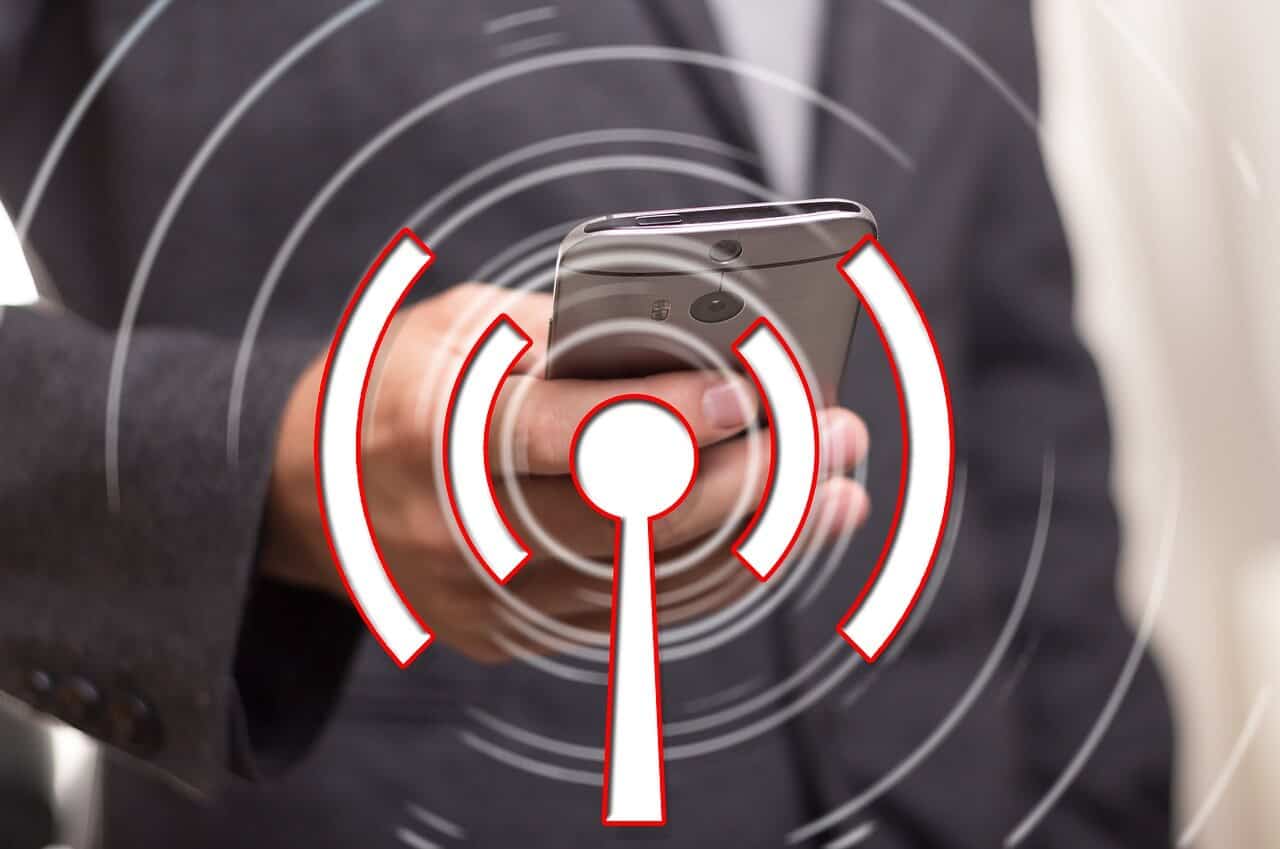5g cell towers are a brand new type of antenna that's being used by wireless companies to offer internet-based services. They are more powerful than 4g towers, and are larger and more powerful.
Cities are increasingly concerned that these towers could be harmful to their residents. These concerns include aesthetic, privacy, and health issues.
They're Bigger
In 5G, the frequency of radio signals is higher than 4G- which implies that it requires more towers to transmit data. This increases the amount of radiation that can be emitted into the environment.
This is a major concern for HOA communities, business owners, real estate investors, and those worried about negative health effects. dangers of 5g worry that adding more 5g towers will decrease the value of properties and adversely impact public health.
Click for info to fix this is to change how we communicate - through WiFi instead of the traditional mobile networks. That's not going to happen overnight but it will happen eventually.
But how will that be done? What can we do to make it safer? The answer lies in the technology inside of cell towers, also known as small cells.
They're More Expensive
If you're living in a city, you've probably seen large towers of cell equipment that sit atop masts and other structures. https://blackburn-bagger-3.blogbright.net/perhaps-there-is-any-harm-by-5g-1681271880 are towers that are 4G and are used to offer wireless networks to the surrounding areas.
They're typically 50-200 feet high, and are made to blend into the surrounding environment, reducing the visual impact. As opposed to 4G technology, 5G requires more dense tower coverage to provide coverage across a wide area.
These cell towers can be difficult to maintain as they must be continuously connected and capable of delivering speedy speeds. In the end, they're more expensive than other kinds of towers.
If you're a tower operator or an operator for mobile networks, it's sensible to upgrade your current towers to 5G in anticipation of new technologies coming to market. Incorporating these latest technologies into existing sites will help to increase the site's capabilities and eventually increase income for you.

They're More Dangerous
What Makes 5g Towers Bad
One of the main concerns about 5g towers is that they emit more radiation than other kinds of towers. This is because they need to be more densely placed over an area in order to ensure that they are covered.
The radio waves emitted by cell phone towers do not possess enough power to cause damage to DNA directly or to heat tissues of the body, however they can degrade chemical bonds in DNA, which could cause cell damage and even cancer.
It is a reason to be concerned about the possibility that living close to a 5g tower could have negative health effects.
This is because the 5g towers tend to be situated near to schools and homes, where they can transmit rf waves constantly. They will be closer to you than ever before, and it's more likely that radiation is absorbed by your body.
They're Not Required
5G networks depend on a brand new segment of the radio spectrum to transmit data. These are referred to as millimeter waves. They are much smaller than traditional radio waves at just 1-10mm in length, so they have higher frequencies and can transmit more energy.
To provide the high-speed speeds and low latency that 5G promises, it's essential to have a huge array of mobile towers. This means a lot of masts for cell phones to provide coverage to cities, roads as well as business districts, colleges and even farms.
However, there are other alternatives to provide fast internet service in highly-populated regions. One option is to create small cell towers that are densely distributed to eliminate coverage gaps.
However, the biggest concern is where these small cells will be placed and the impact they'll have on residents. Local government and residents are trying to figure out ways to stop these structures or stop them from occurring in their neighborhoods.
